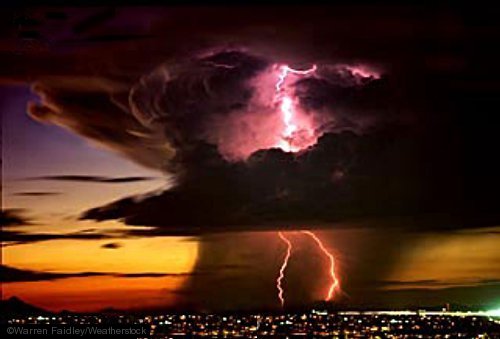| Home |

|

|
- Home
- View
- Programs
- Path
- People
- Teachings
- How to help
- Support Drala Jong
- Contact etc.
- Aro web
- Login
| Home |

|

|
| Enraged Buddhism |

Enraged BuddhismBy Ngak’chang Rinpoche and Khandro Déchen“I’m an engaged Buddhist.” Buddhism has been engaged from the beginning. There has never been a non-engaged Buddhism. There may well have been non-engaged Buddhists or disengaged Buddhists – but only in the same way that such people have existed in all religions at all times. The disengaged of any religion are not exemplary members of the religions. Maybe this is not a fair comment – maybe we are enraged Buddhists – but we do find it a somewhat perplexing proposal. To put forward the idea of Engaged Buddhism makes it distinct from the other forms of Buddhism which lack that descriptive prefix. It cannot help—albeit inadvertently—defining other streams of Buddhism as lacking in engagement or charity. Maybe charity is not the politically correct word – but we like it well enough. Charity is jinpa in Tibetan. Jinpa (sByin pa / dana / charity, giving, or generosity) is one of the paramitas – so theoretically, it is an important part of every Buddhist tradition – and therefore every Buddhist tradition which contains the paramitas is engaged Buddhism. What then is the Buddhism that is engaged beyond that? If it is Buddhism that engages in social action, then that has existed since King Ashoka – and endless examples exist. In our own time we have the example of Akong Rinpoche who organised a soup kitchen in Glasgow, Scotland in the 1970s – before the term ‘Engaged Buddhism’ came into existence. We also engage in a small way in terms of supporting Tibetan children in education. We have been engaged in this way for thirty years or more. We have helped build a school in Pemakö where fifty children are receiving education. The school provides medical care. Crèche facilities are available so that the older girls of the area may attend the school. The school provides western style education along with a training in the lineage of the gö kar chang lo’i dé according to Düd’jom gTér and other lineages. Having said this – we are not saying more than many Buddhist organisations. There are some which have accomplished far more. We all do what we can – and we are all engaged. The changchub sempas (byang chub sems dPas / boddhisatvas / awakened-mind warriors) revel in limitless wealth because their appreciation is unlimited. Appreciation generates generosity which knows no limits. It is unobstructed by the self-referencing territorialism which generates manipulative pusillanimity. Awakened-mind warriors need no territory. Their refuge is the security of insecurity. Their refuge is the territory of intrinsic space, which is self-validating without the requirement of reference points. Objects, circumstances, and people—as subjects of appreciation—are not required to be fixed or frozen by awakened-mind warriors. Objects, circumstances, and people are not employed for self-validation – and are therefore free to move. It is their natural reflex to move in the direction where they facilitate the greatest pleasure and satisfaction via charity. The Vajrayana view of generosity and charity is grounded in the understanding that one owns everything that enters one’s sense fields. We own whatever we appreciate, to the extent that we appreciate it and for the duration that we appreciate it. We do not require personal ownership in order to own. Our ownership does not restrict the ownership of others, because our ownership is simply that of appreciative faculties. This non-possessive, non-controlling absence of tenure is called ‘vajra greed’ or ‘non-dual greed’ – greed on behalf of others. Greed on behalf of all beings is both the maximum possible avarice, and the ultimate expansion of generosity and charity. We would like to propose – let us all be engaged. |
| < Prev | Next > |
|---|